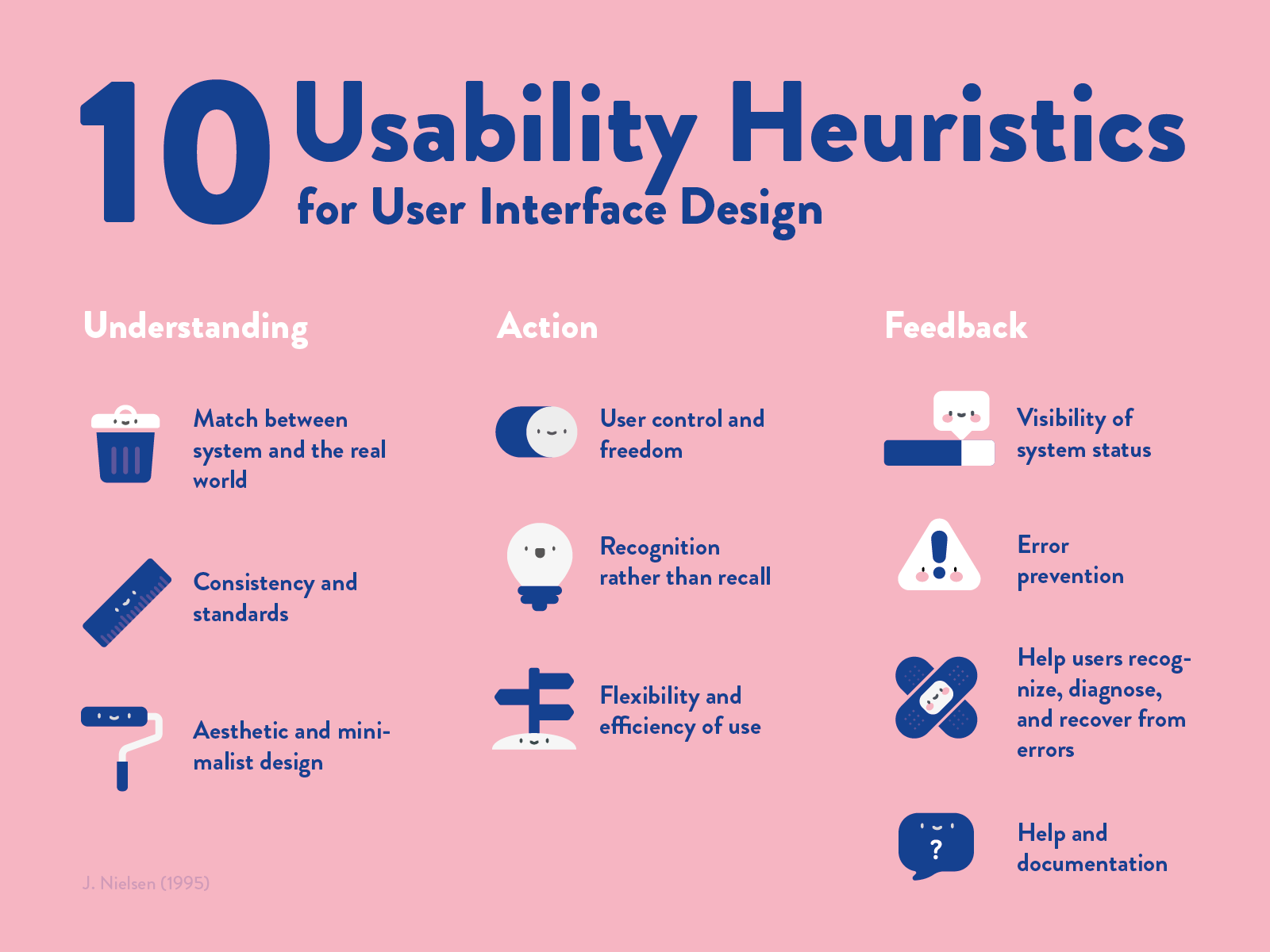One cheap & fast way to evaluate your designs
One cheap & fast way to evaluate your designs
Critiquing three of eBay’s main features using Heuristic Evaluation


As designers one of the most important tasks is to evaluate our designs. However it might not always be easy to recruit participants all the time, and especially as a student or small company you also might not have a big budget to do so.
One approach to getting feedback, which I feel like gets overlooked often times, is is called heuristic evaluation or heuristic feedback. It is a strategy for critiquing designs which is extremely powerful and cost effective. You can do it with fellow designers and teammates first, before heading out and doing tests with users. That way you’ll be able to discover main problems first and save your precious participants for the nitty-gritty stuff.
Heuristic evaluation does not only provide you with some really good vocabulary to talk about design, it can also be used throughout the entire design process. It works early on with paper prototypes, and will be useful before redesigning products as well.
Originally Jacob Nielsen developed 10 heuristics which are commonly used, but you can add or remove heuristics depending on what’s important for your product.


As for this article I will demonstrate an evaluation by going through three of eBay’s main features:
- Selling an item
- Adding items to collections
- Contacting a seller
However I am not affiliated with eBay in any way. The website in its current state was designed based on needs and constraints that I am not aware of, so this is just an exploration of design problems and ideas for solutions.
1. Selling an item
The selling process is quite user- friendly and organized considering the many options that are available for sellers. It requires at least 10 (mini) steps to sell a product.
